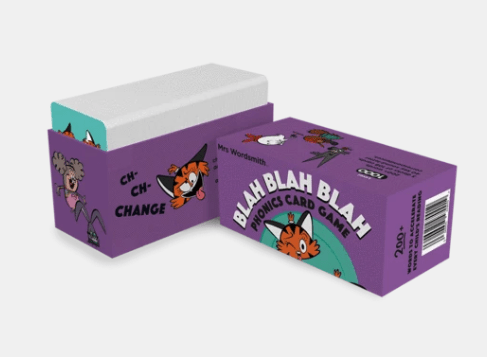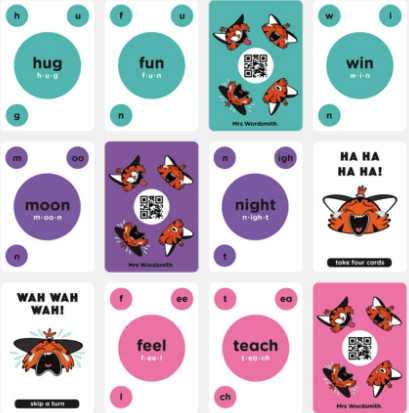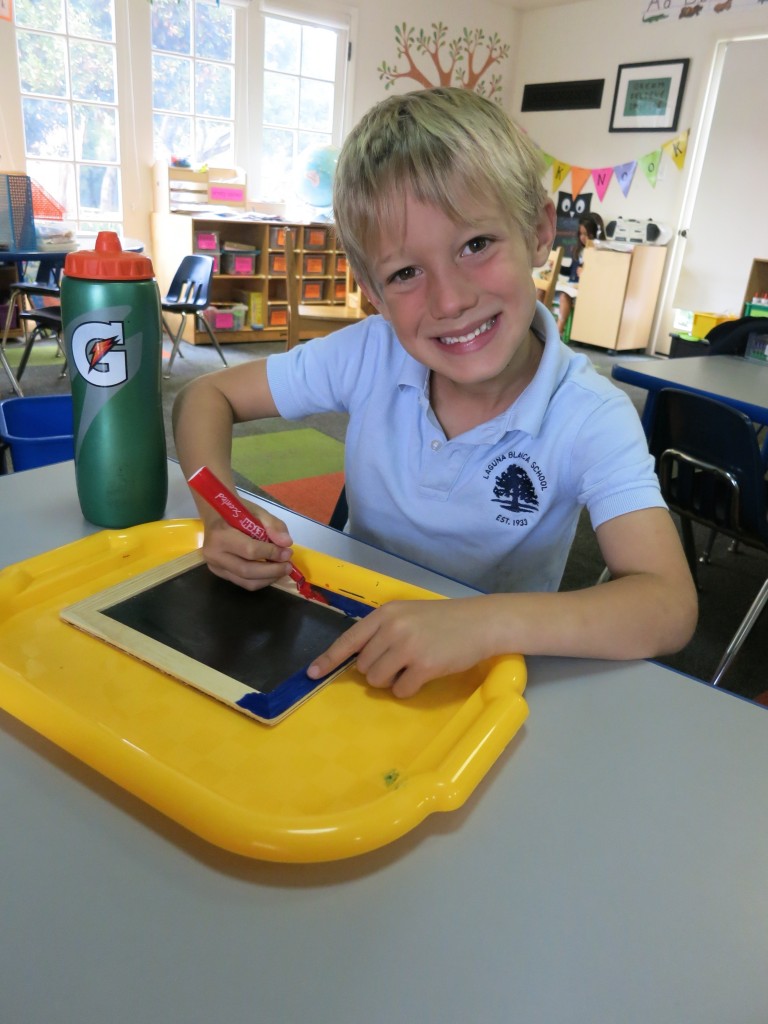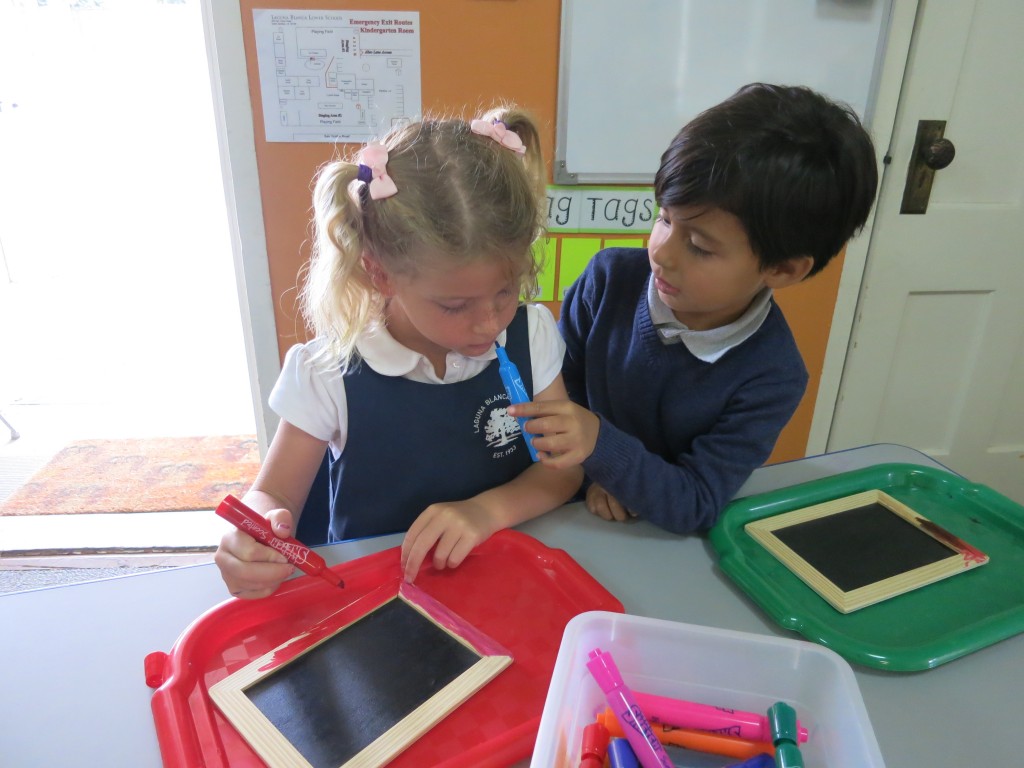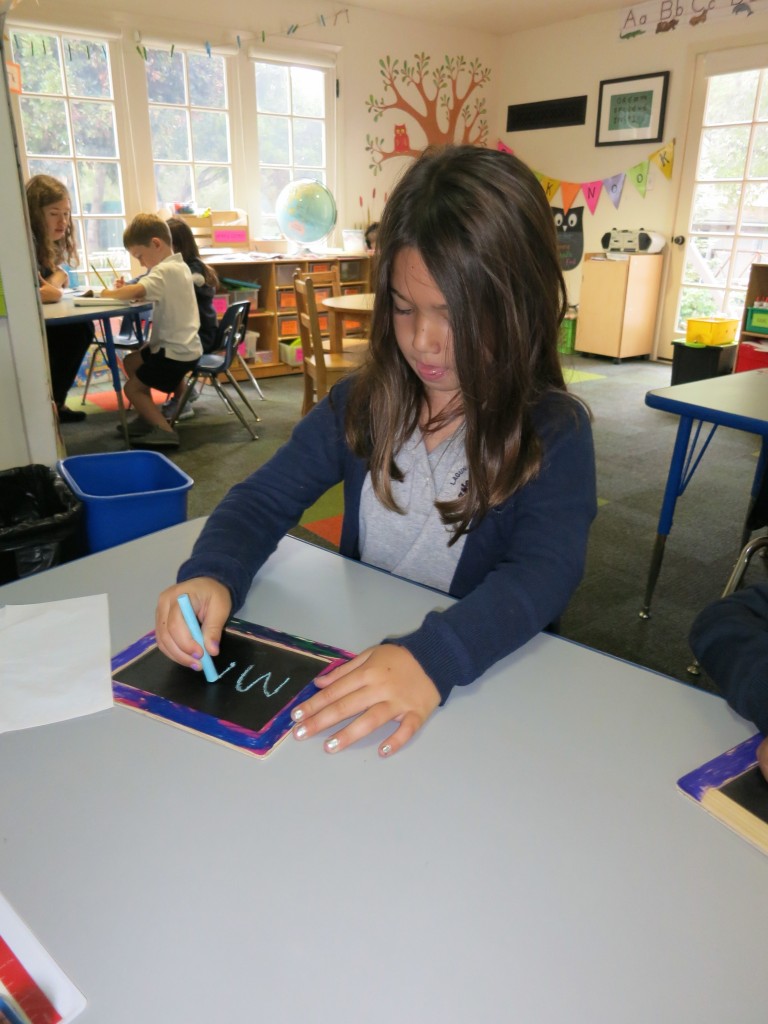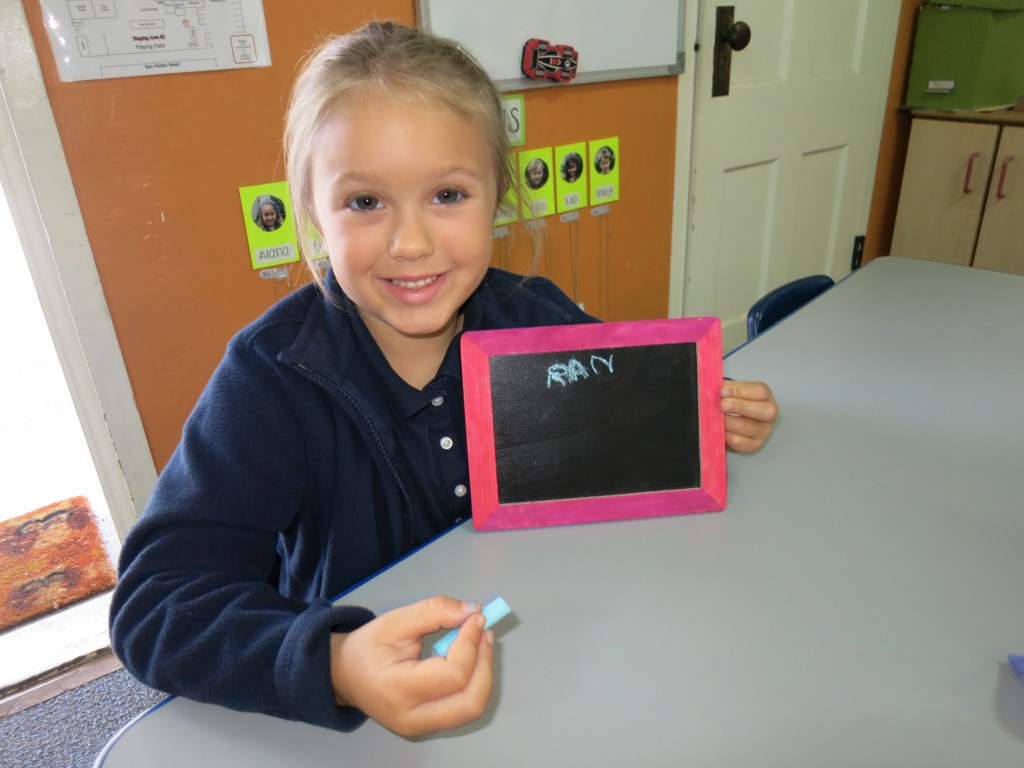Learning to Read: The Magic of Phonics and Decodable Text!
Kindergarten is an amazing year in a child’s education. It is the year when young children develop important social and academic skills. I continue to be grateful that I am given the freedom to teach the curriculum in the ways that best suit my students’ needs. These needs change each year, so naturally, my program changes to address my current students.
What doesn’t change each year is the excitement both parents and children have about learning to read or strengthening decoding skills. For over 20 years I have been collecting decodable books that span early reading levels to more challenging ones. Once students begin blending sounds, they immediately bring home a nightly reading activity that is at their reading level. I continuously look for books that are truly decodable, meaning these books have words that are phonetically regular. 98% of words in the English language are phonetically regular, and presenting students with books that are phonetically regular gives them the opportunity to practice the skills of blending sounds, building fluency, and strengthening reading comprehension. (Phonetically irregular words include was, the, said, they.)
I have divided my decodable books into four different levels: pink, red, yellow, and green.
Books in Level Pink have few words on a page. Most words are decodable CVC (consonant-vowel-consonant) words. If there is a word that is not decodable, the word is typically repeated throughout the book and there are very few phonetically irregular words included in books of this level.
Level Red books begin to have more words on a page. They continue to be mainly decodable CVC (consonant-vowel-consonant) words with a few phonetically irregular words.
Level Yellow books introduce beginning and ending digraphs and blends as well as double consonants and words that are plural. Books may have two or more sentences on a page with a few more phonetically irregular words.
Level Green books have words with long vowels, including CVCe (like bake or tale) and CVVC (like main or feet).
I have found that once a student is comfortable reading Level Green books they are typically ready to transition to leveled readers.
So if you are looking for books to have in your home library that your child can really read, here are some links to some of my favorites! (Clicking on the underlined words will take you to my Amazon Associates link.)
Junior Reading Decodable Books
Benchmark Readers Decodable Books
Orton Gillingham Decodable Reader
